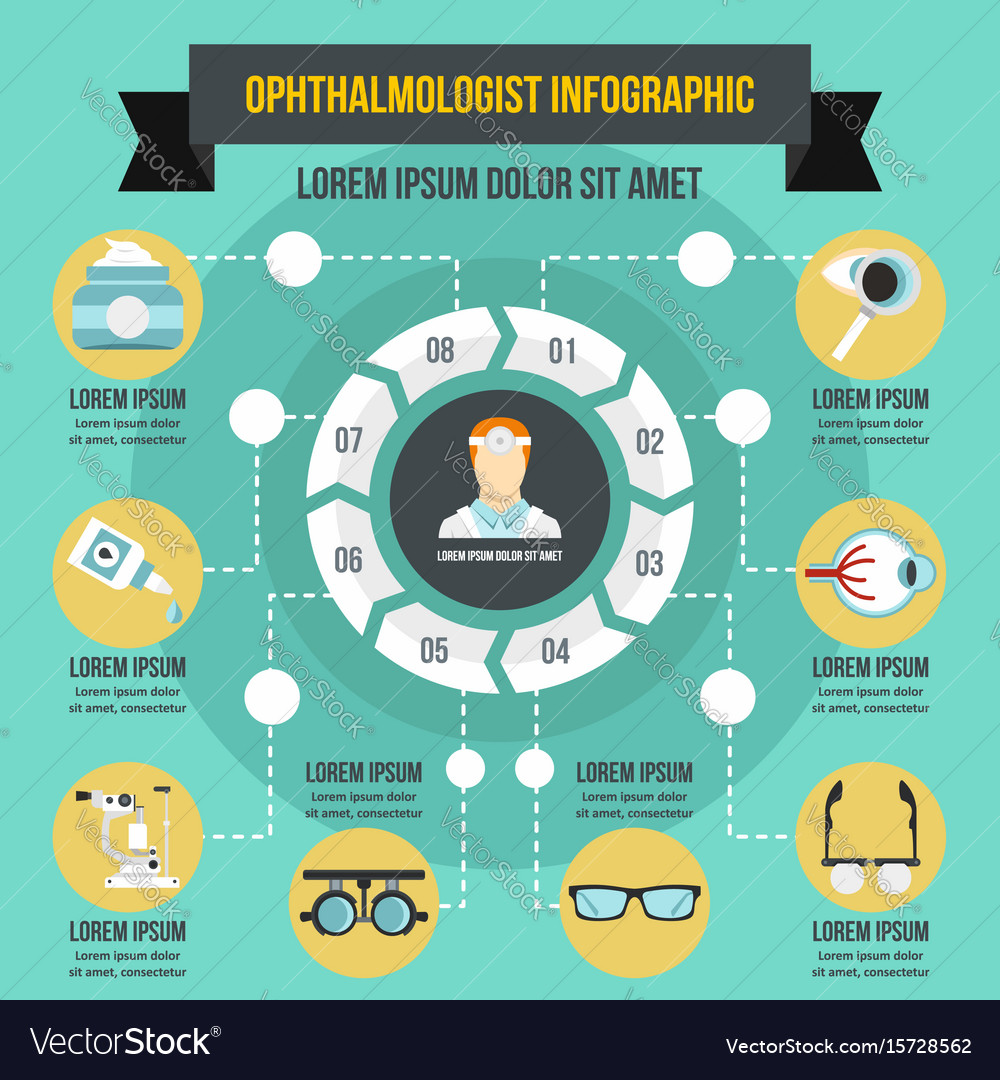What Is SMILE Eye Surgery? Refine, Advantages, Threats, And Recuperation Insights
Developed By-Durham Byrd If you're thinking about vision adjustment options, SMILE eye surgical treatment might be on your radar. This innovative procedure involves developing a little lenticule in the cornea to address nearsightedness and astigmatism. Unlike traditional LASIK, it's less invasive and assures quicker healing. Nonetheless, while there are considerable advantages, there are additionally threats included. Recognizing both aspects can help you make an enlightened decision concerning your eye wellness. What's the recovery process like, and what should you anticipate?
Recognizing the SMILE Treatment
The SMILE procedure, or Tiny Cut Lenticule Extraction, is a minimally intrusive eye surgical treatment created to deal with vision concerns like nearsightedness and astigmatism. Throughout this treatment, a laser develops a small lenticule, or lens-shaped tissue, within the cornea. You won't require any stitches, as the small laceration allows for a fast recovery. The cosmetic surgeon then removes the lenticule through this small cut, improving your cornea to enhance your vision. Unlike traditional LASIK, SMILE does not call for the creation of a big flap, which can bring about less complications. You'll discover that this strategy is less turbulent to the corneal structure, potentially enhancing security. Understanding the procedure aids you feel more certain as you consider your alternatives for vision improvement.
Perks of SMILE Eye Surgical Treatment
While considering vision correction options, you could find that SMILE eye surgery supplies a number of compelling advantages. Initially, it's minimally intrusive, requiring just a tiny laceration, which means less interruption to your eye structure. This leads to quicker recuperation times and less pain compared to standard LASIK. You'll also value its accuracy; SMILE utilizes innovative laser modern technology to reshape the cornea, offering excellent results for nearsightedness and astigmatism. In addition, lots of people report boosted visual high quality, with fewer circumstances of glare or halos. Since there's outpatient smile eye surgery for a corneal flap, your eyes stay more secure post-surgery. Lastly, the procedure usually takes just a couple of minutes, allowing you to go back to your daily activities quicker than with other techniques.
Prospective Dangers and Recovery Process
Although SMILE eye surgery is usually risk-free, it is necessary to be knowledgeable about possible risks that can develop throughout or after the treatment. Some people might experience temporary adverse effects like dry eyes, glare, or halos around lights. In rare instances, issues such as infection, vision loss, or the demand for extra surgical procedure can happen. Recuperation normally includes a couple of days off and staying clear of exhausting activities. You need to follow your specialist's post-operative instructions meticulously, including using prescribed eye declines and going to follow-up consultations. Several people observe enhanced vision within a few days, but full recovery can take weeks. Remaining individual and offering your eyes time to heal is crucial for the very best end result.
Conclusion
Finally, SMILE eye surgery supplies a modern-day, minimally invasive choice for dealing with nearsightedness and astigmatism. With https://hauteliving.com/hautebeauty/638207/this-is-what-you-need-to-know-about-eaglevision%EF%B8%8F-lasik-surgery/ and lowered discomfort, it's an attractive option for many. Nonetheless, it's vital to consider the potential risks versus the benefits. By remaining informed and following post-operative care, you can maximize your opportunities of an effective outcome. If you're considering this procedure, consult with your eye care expert to establish if it's right for you. 